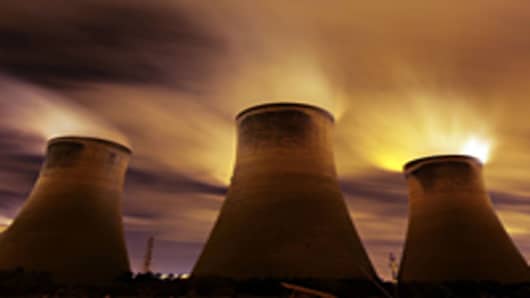Back in 1989 two of the greatest electrochemists in the world, Stanley Pons and Martin Fleischmann, made a remarkable announcement. They had witnessed low energy nuclear reactions (LENR) at an atomic level, which generated excess heat. It was the first ever account of cold fusion, a third type of nuclear reaction after fission and fusion.
However, Pons and Fleishman could not consistently reproduce their results, and this led to the rejection of cold fusion, the discrediting of the two scientists by the general scientific community.
Cold fusion became a complete dead end. Two different Department of Energy panels dismissed cold fusion theories and recommended against creating a program to study it. No one would risk putting major funding into any research projects, and no reputable scientists were willing to risk their reputations by pursuing a science that many considered equal to alchemy.
However, following recent LENR demonstrations at reputable institutions such as MIT, the University of Missouri, and the University of Bologna, as well as presentations by the world's largest instrument companies, National Instruments, a report by the European Commission's research and development center that suggests LENR has its place in the future of renewable energy, and most impressively of all, the fact that NASA is interested and reportedly filed two LENR patents last year; serious companies are now considering the possibilities of LENR and investing in certain research projects. There are rumors that Boeing is working with NASA to test LENR powered aircraft.
(More: 'Storm Clouds' Darken Global Energy Skies)
The promise of discovering a clean, green, safe, and (due to the fact that it is fueled by the most abundant metal and gas on the planet, nickel and hydrogen) cheap renewable energy source is causing many investors and scientists to overcome their previous reluctance and enter the field.
(More: Russia Fears China's Growing Influence in Siberia and the Far East)
I am not saying that the companies such as Boeingof National Instruments, or agencies such as NASA, the US Navy, or the DOE will publicly admit to spending large amounts on cold fusion research. In fact the Navy had to shut down its LENR research in California after a news report attracted unwanted public attention.
By James Burgess of Oilprice.com
—This story originally appeared on Oilprice.com.


